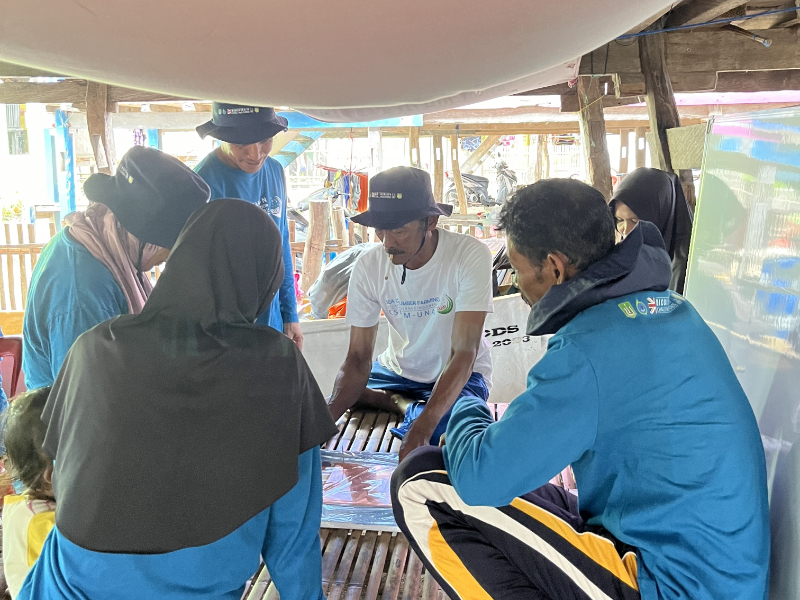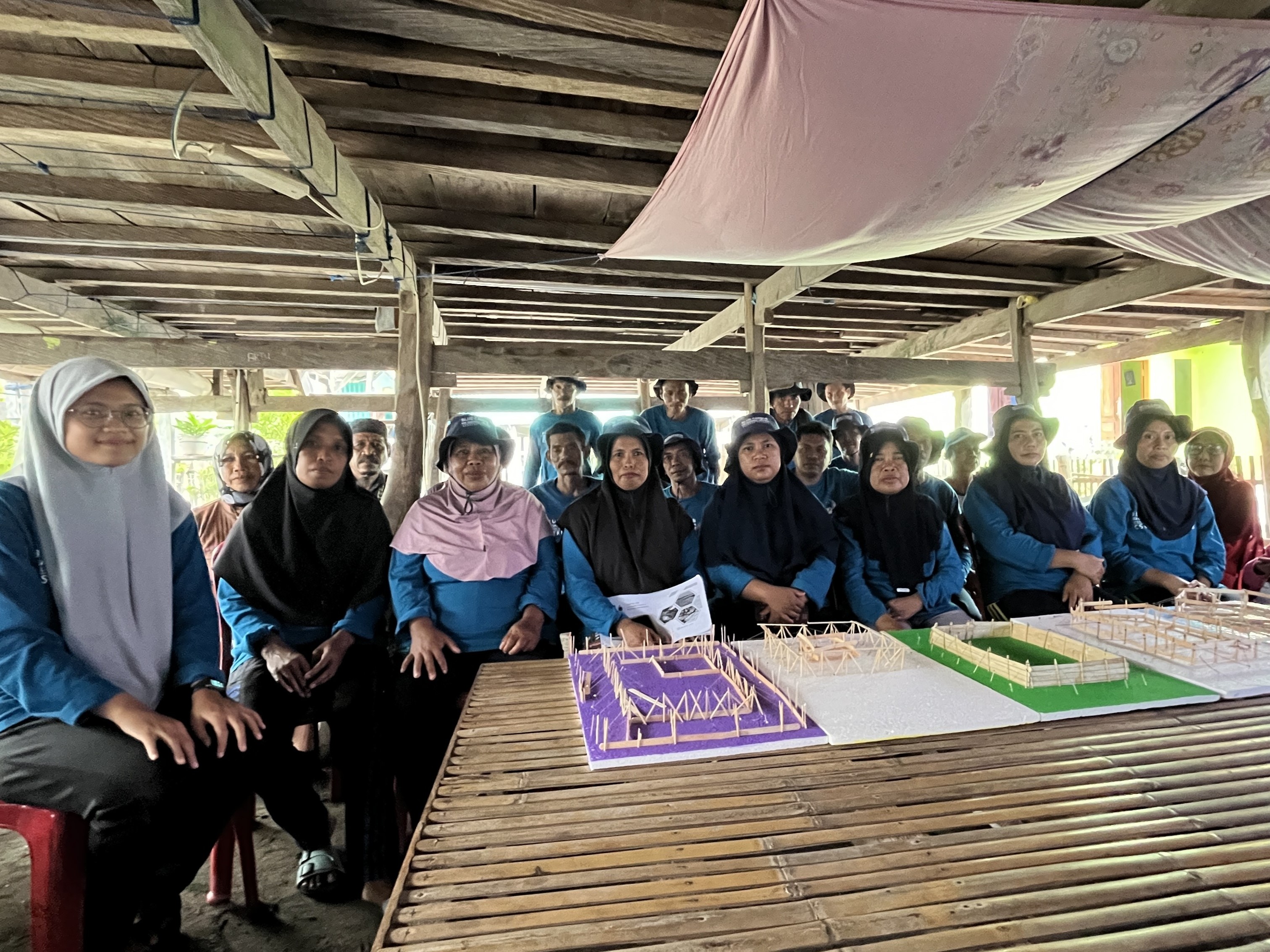Overcoming seasonal challenges in Indonesia

Sea cucumber sea pen Selayar. Credit - CSERM UNAS.
Participation of local communities in innovating sea cucumber aquaculture to overcome seasonal challenges
With the world’s longest tropical coastline, tens of millions of Indonesia’s people have long relied on coastal ecosystems such as mangrove forests, coral reefs, and seagrass beds for both sustenance and income. Yet increasing pressure on Indonesia’s coasts, from overexploitation and population growth, threatens these vital habitats, undermining the viability of traditional livelihoods. Innovation, in collaboration with local communities, is essential to maximise sustainable utilisation of critical marine resources and habitats, both for people and the planet.

On Selayar Island, south of Sulawesi, ‘blue carbon’ sea cucumber ranching is being developed as a sustainable method of conserving critical seagrass habitat while providing an important source of income for local communities. Sea cucumber harvesting was traditionally conducted directly from the coastal environment, driving population collapse through overexploitation. This programme is designed to re-establish local communities as custodians of seagrass habitat, harvesting the bounty that they help to preserve. A number of sea cucumber ‘ranching’ sites have been set up across Selayar, as pilot projects and training centres for local women to learn how to optimise their sea cucumber industry.
Yet, if the blue carbon sea cucumber industry is going to establish itself as a regionally significant supplier and example for communities elsewhere, it needs to be scaled effectively. Traditional aquaculture construction using wood and stone, or even modern materials such as concrete, is too easily damaged by powerful waves, limiting the scale of these activities to villages located in sheltered bays, or on coastlines shielded by adjacent islands from Selayar’s seasonal storms. This leaves large areas of Selayar’s coastline underutilised, and more likely to be overexploited rather than carefully managed. Unlocking these large areas of ‘exposed’ seagrass meadows would not only provide additional productive capacity, but also integrate more coastal habitat within a coordinated management plan as part of the Kepulauan-Selayar-Takabonerate Biosphere reserve.
In pursuit of innovative solutions to this challenge, the CSERM-UNAS team has initiated collaborative design workshops alongside local community partners across Selayar island. These workshops focus on identifying potential risk factors, important design considerations, and developing concepts designed to facilitate expanded blue carbon sea cucumber cultivation, without exposing participating communities to additional operational or financial risk.
Preliminary workshops have established a range of significant risk factors to the coastal sea pens, from direct wave damage to the build-up of oceanic plastic debris, and impacts from large pieces of floating material such as fallen tree trunks. They have also produced several experimental sea pen prototypes which are designed to be more resilient, while also enhancing aquaculture operations. These prototypes build upon local knowledge of available construction materials, and experience working in the coastal environment developed over many generations, combined with technical assistance from the CSERM-UNAS team. Five of these prototypes have been deployed for preliminary field testing at locations across Selayar.
 Sea pen modification design by local communities. Credit - CSERM UNAS.
Sea pen modification design by local communities. Credit - CSERM UNAS.
Each location in Selayar has its own characteristics. “The problem at our location is the impact of wind and waves during seasonal changes. Our modified design aims to break the waves to minimise damage, as well as adapting the bamboo material to be more flexible," said Mr. Demmananring, from Lowa Village. "The trash that comes along with seasonal changes is also a concern for us, so we made modifications to the design of the sea pen pole which is able to prevent trash from entering the sea pen," said Mr. Densi from Kahu Kahu Village. Female participants were also involved in the design modification workshop, providing ideas and compiling sea pen modification designs.

Further modifications are planned as the project moves forward, ensuring local community partners inherit the capacity and capability to make the most of their rich coastal ecosystem sustainably. These include collaborations with traditional architecture experts and investigations of alternative construction materials to develop temporary structures to be deployed outside of the bad weather season, or more permanent ‘wave-proof’ structures. Blending traditional knowledge regarding materials and construction methods with contemporary design principles and production techniques, is intended to inspire a new generation to pursue scalable innovations with real local impact.
The success of this collaboration will not only depend on the capacity of these new designs to remain resilient to storm and wave damage, but also on the new dynamics established between CSERM-UNAS field team members and Selayar’s local communities. Rather than being passive recipients of outside assistance, they have become truly equal partners in the co-production of critical knowledge and skills which have helped them survive for generations.
Written by Christopher Kelly and Qurratu Ainin. For more information on this Darwin Initiative Main project 30-025, led by Center for Sustainable Energy and Resources Management (CSERM), please click here.



 Back
Back